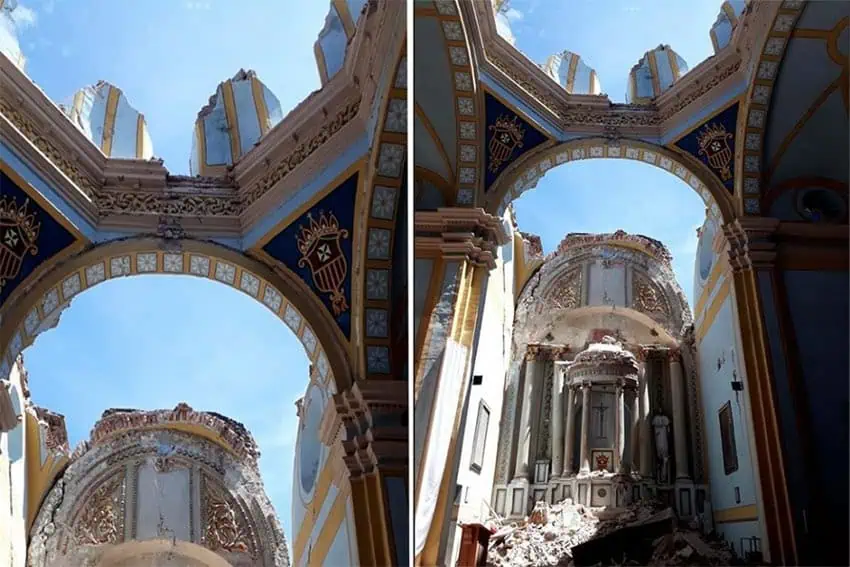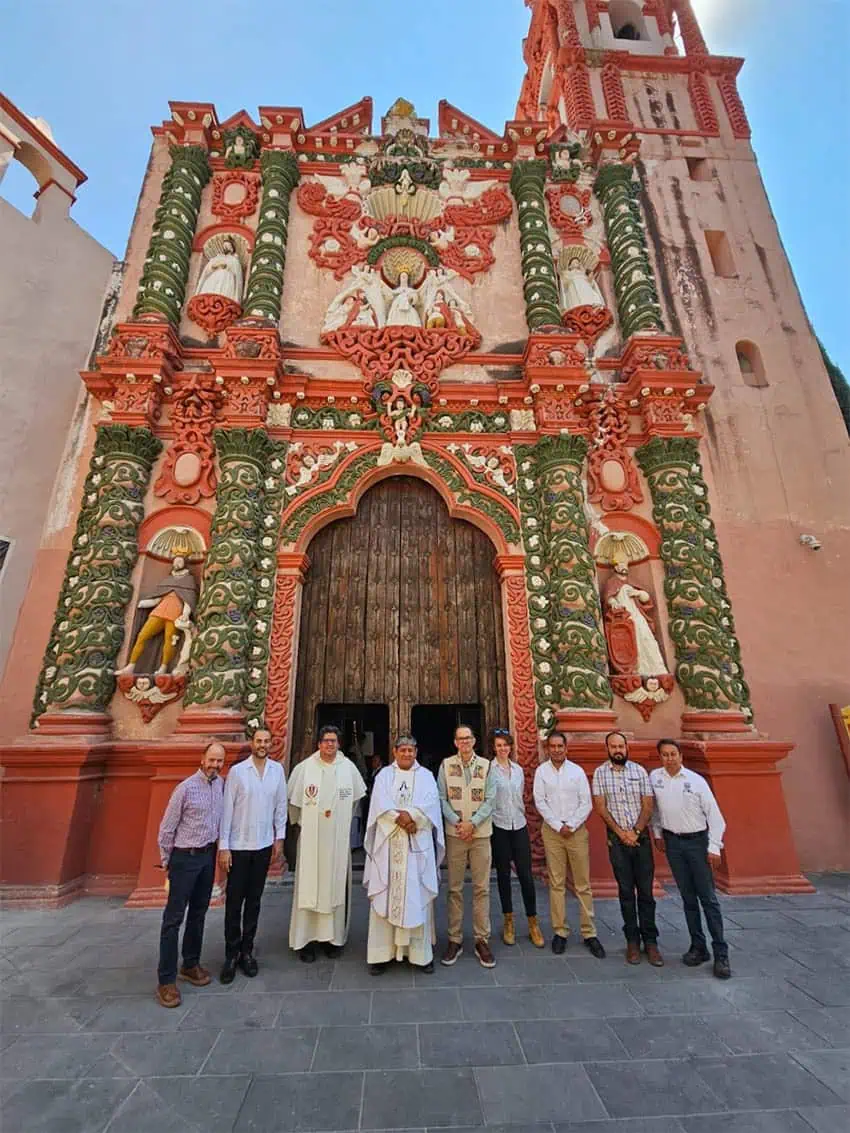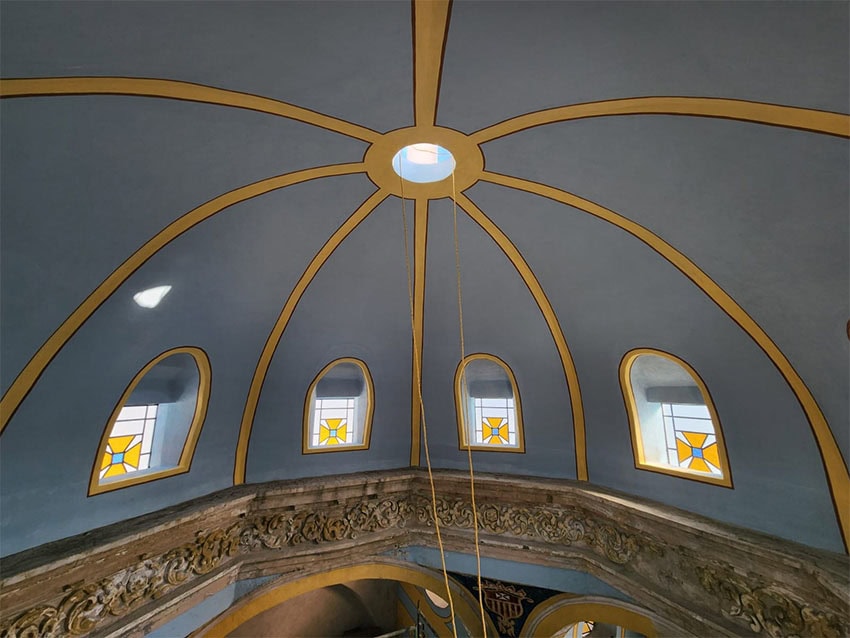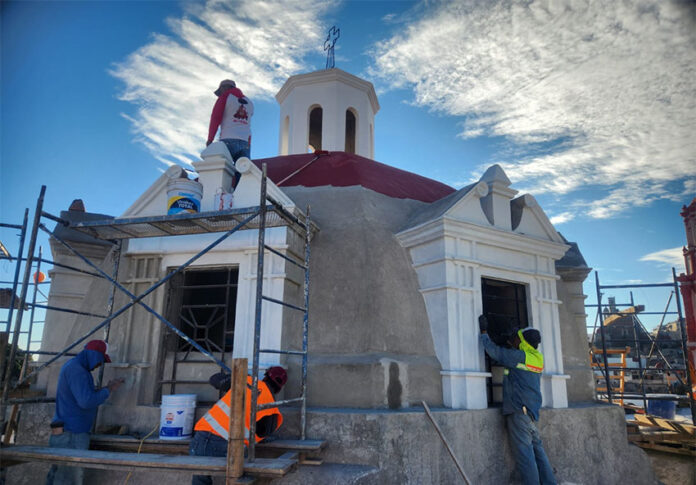The historic Temple of La Merced, which sits on the slopes of the Popocatépetl volcano in Atlixco, Puebla, has been structurally restored after its dome collapsed during the 2017 earthquake.
The devastating Sept. 19, 2017, earthquake in Puebla, often known as 19S in Mexico, killed 370 people and injured thousands after dozens of buildings collapsed in the greater Mexico City area.

Now, almost a decade later, one beloved piece of Mexican history that was damaged in the quake has been restored.
Built in 1668 by the Catholic Order of the Redemption of the Captives, the temple is of historic significance in the region as it was part of a convent built in 1619, when the Mercedarians expanded their presence in New Spain supported by residents of Spanish descent.
The restoration works were carried out between September and December 2024, by the Ministry of Culture of the Government of Mexico in collaboration with specialists from the National Institute of Anthropology and History (INAH) under the National Reconstruction Program (PNR).
A team of restorers, architects, structural experts, vault specialists, artisans and tradespeople worked together to reconstruct the dome using historical photographs. With a diameter of 8.5 meters and a height of 6 meters, the dome consists of eight segments along with skylights (windows) and a lantern. The workers preserved the dome’s original style and appearance while enhancing its structural security, stability and durability, according to an INAH press release.

Head of INAH Puebla, Manuel Villarreal Vázquez, noted that the temple “was restored in several stages, during which walls, arches, and some vaults were consolidated.” The dome area was temporarily covered to allow parishioners to continue using the area while specialized analysis and administrative procedures for its restoration continued.
Villareal said that the biggest challenge was keeping the shape similar to the original, but with a lighter, slimmer structure to provide greater support and security.
He further explained that restoration efforts focus on recovering the original values, appearance, and construction materials of historic structures, while documenting the interventions made during a restoration process.
In this case, the restoration is evident in the exterior moldings of the dome, Villareal said, which have been visually differentiated. This allows future historians or restorers to easily identify the original and reconstructed elements.

Still, there are some pending works that will be done in the future with support from the community. Villareal said that some of these works include floor renovation, maintenance and painting of the facade, among others.
The official handover of the building took place on Feb. 27, at the community’s request. A mass was celebrated in honor of the INAH Puebla Center, with participation of the federal and local authorities that contributed to the temple’s rehabilitation.
Mexico News Daily
